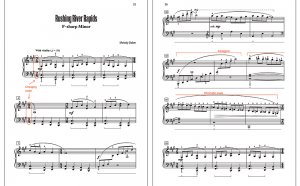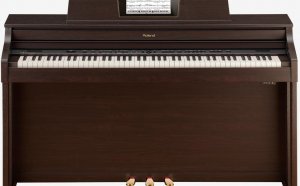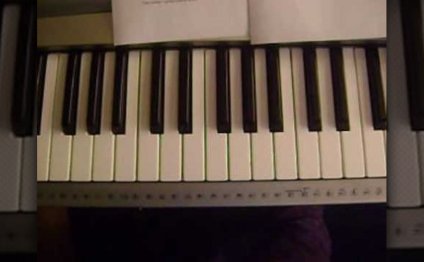
Free piano lessons for children
This is a quick checklist of things to do, buy, learn and decide before your child has their very first piano lesson.
Working your way through this checklist will speed up your child’s learning curve, possibly by months (maybe more!), and once you’ve covered every item below you will be a superbly equipped parent entering into the role of nurturing the growth of a new little (or not so little) pianist.
1. Buy a piano. This may or may not seem like a no-brainer to you. In case it’s not, let me explain. Your child will not make progress without a piano at home with which they can practice between lessons. So until you have a piano don’t bother organising to take piano lessons. Unless your goal is to pay for really expensive babysitting.
Ideally you will buy a good quality acoustic piano, but there might be reasons why you would prefer a digital piano (usually issues related to living in an apartment or a very small house). You want an acoustic piano because it does cool stuff that digital pianos can’t do – things like capturing harmonics when you silently depress the keys and then play other keys – and because the ‘touch’ your child will develop when practicing on an acoustic piano will be a better touch than when they practice on a digital piano.
But if a digital piano is the best option for you you’ll discover that a digital piano offers some wonderful extras that acoustic pianos don’t deliver (things like recording your performance and a variety of sound options – how many extras, and how wonderful they are, will depend on the quality of the digital piano you buy). The thing is you need weighted keys, touch sensitivity, a fixed pedal, a music stand that is not flimsy, and a sound that really does match the sound of a piano (as compared to electric keyboard).
2. Put the piano in a part of the house that isn’t a. lonely and/or b. where the only TV is. Two of the biggest reasons children don’t end up practicing is because they’re either lonely in the glummest/most distant room of the house or because everyone else wants to watch the television and the piano is in the same room. Having the piano hidden away communicates that the piano is not something normal or useful; having the piano and tv competing for acoustic space is just asking for conflict in your family.
3. If you have an acoustic piano, keep it tuned! This is more of an adminstrative burden than it is a major expense (you need to find a piano tuner, book them up, and then be at the house while they tune the piano), but if your piano is out of tune your child(ren) will find playing the piano far less pleasant, and you won’t enjoy hearing the piano played all that much either.
4. Have the piano in your house for months – even years – before your child begins lessons. This is about developing a sense of the everyday about the instrument (the piano is a part of normal life) as well as allowing the child to explore the instrument quite thoroughly prior to lessons beginning. To which end….
5. Encourage your child to play around with the piano prior to beginning lessons. You can’t break a piano by playing it, and your child will develop a sense of familiarity with the layout of the keys (black notes in groups of 2 and 3 placed between white notes) and the way the keys make sounds (high sounds towards the right, low sounds towards the left) as well as different effects the piano can make (softer sounds when you press more gently, sustained sounds when you depress the pedal, etc.). This saves time in the first weeks of lessons and, more importantly, means that your child will have a confidence when being asked to try ‘new’ things on the piano in these first few weeks and months.
YOU MIGHT ALSO LIKE
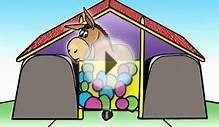
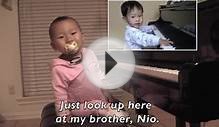
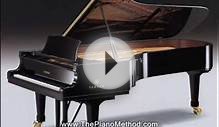
Share this Post
Related posts
Basic piano lessons for Kids
If you want to teach your child to play the piano, there are several ways of doing it - you can find a piano teacher for…
Read MoreBest online piano lessons for Kids
Excerpt from a newspaper article The Canadian team behind Little Composers have created what may be the best music apps…
Read More
